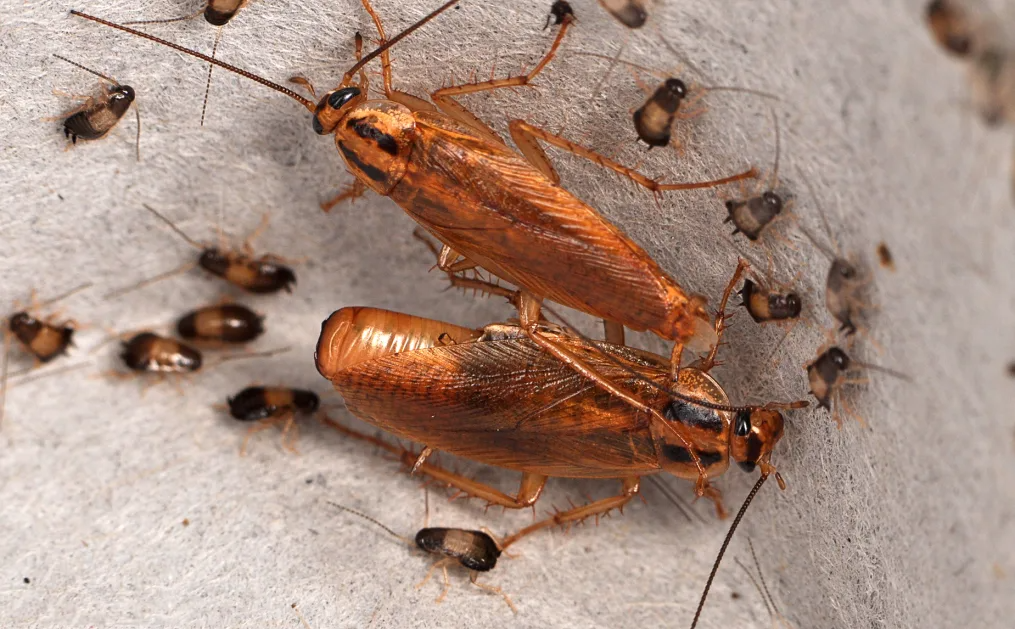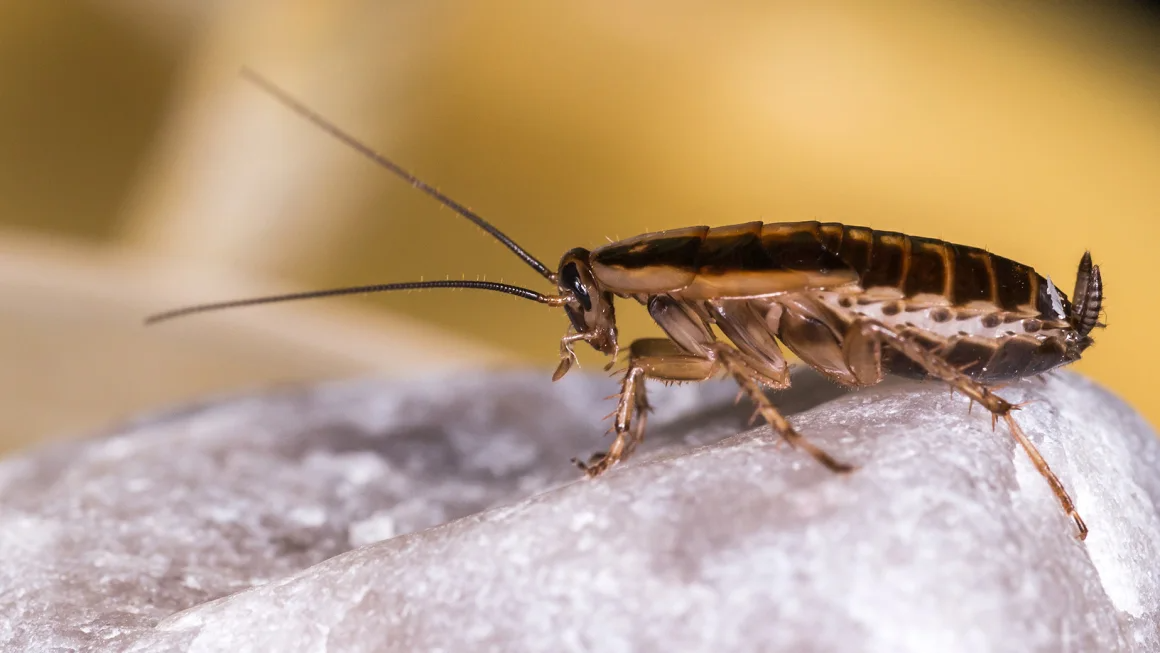Cockroaches Crawling from the Sink Drain to the Fridge: A New Study Reveals Their Ancient Origins
A new study has found that the nocturnal creatures crawling from sink drains to the fridge are most likely German cockroaches. These pests have been plaguing humans for over 2,000 years in South Asia. Published in the "Proceedings of the National Academy of Sciences" on May 20, the study shows that the insects transitioned from scavenging in ancient Asian civilizations to comfortably living under kitchen floors, closely linked with global trade, colonization, and warfare.
Dr. Tang Qian, the study's lead author, and his team collected 281 samples of German cockroaches from 57 locations in 17 countries and studied their DNA to trace their evolution. They discovered that modern cockroaches' lineage can be traced back to 18th century Europe, evolving from wild Asian cockroaches 2,100 years ago. As trade and military activities grew between South Asia, the Middle East, and later Europe, domesticated cockroaches spread westward. German cockroaches communicate with one another about where to find food, a behavior that seems to be unique among cockroach species, said Dr. Qian Tang, a research associate at Harvard University. Matt Bertone
German cockroaches communicate with one another about where to find food, a behavior that seems to be unique among cockroach species, said Dr. Qian Tang, a research associate at Harvard University. Matt Bertone
The genetic analysis indicated that these insects entered Europe around 270 years ago, coinciding with the Seven Years' War. About 120 years ago, cockroaches traveled from Europe to the Americas. Dr. Jessica Ware from the American Museum of Natural History noted the significance of seeing these findings reflected in genetic traits, emphasizing how human activities have shaped the distribution of pests like the German cockroach.
Dr. Tang aims to sequence the entire genome of hundreds of samples to understand how German cockroaches adapt to human environments, particularly their rapid evolution of insecticide resistance. He also plans to explore their social behaviors and communication, determining whether these survival traits are influenced by human presence.







